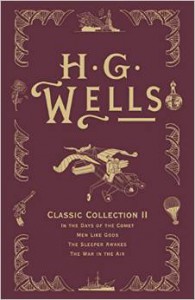 I once said to my son, who is a consultant orthopaedic surgeon, that the medical profession should get ready for cases of phone-itis. All he did was to laugh. And since then he sometimes recalls what I said and laughs again. I can’t see what’s so stupid about my observation? After all, with the development of the typewriter and the keyboard doctors are seeing cases of repetitive strain injury – all those fingers seizing up!
I once said to my son, who is a consultant orthopaedic surgeon, that the medical profession should get ready for cases of phone-itis. All he did was to laugh. And since then he sometimes recalls what I said and laughs again. I can’t see what’s so stupid about my observation? After all, with the development of the typewriter and the keyboard doctors are seeing cases of repetitive strain injury – all those fingers seizing up!
Just walk along the street and every other person is on their mobile phone, talking to someone – somewhere on this planet. Perhaps they are not really doing so? If they are lonely, friendless, then perhaps they are only pretending to speak to someone else – so that others will think they are just like them. And of course, those with ear-phones – so that they appear to be talking to themselves, or arguing violently with themselves – no wonder our mental health services are so overloaded. And those blue-tooth earpieces, with little blinking blue lights – we now have remote controlled aliens driving our taxis.
Anyway, where was I? Oh yes, people walking around holding their phones to their ears and chattering away. Now, I know that when I do that, after a few minutes I start getting aches in my muscles around my elbow. So I switch arms for a few minutes, then back again and so on. The pain is not quite tennis elbow, which can come from a burst of activity in the arm muscles – but I’ve not done any decorating or violin playing recently. So, I thought phone-itis would describe the phenomenon – and since millions of people are always on their phones – then a proportion of these will start suffering similar pains. “So get ahead of the rest of the medical profession and ‘discover’ and treat phone-itis“, I said. He just laughed.
What is the world coming to? Everybody appears to need a personal communication device of some sort. Some people have a range of them – their mobile phone, a tablet, a computer, a notepad and so on. I remember going into a mobile phone shop and asking for something that was just a phone. They laughed. It had a megapixel camera, wifi and bluetooth connectivity, and it could connect to the G8 or something like that. It had GPS, email, diaries and could probably have switched on my washing machine remotely, since it could seemingly control my television and probably attempt to control my life. It had applications by the score – so I had better call them apps. And it had games so that I could spend all day moving bricks around a screen, killing-off pac-men or playing solitaire. I think it also had a device for phoning home or friends hidden among the icons for facebook or twitter. Did I want to occupy the Cloud – or was that simply where my head was?
So I have my personal communication device and I can send messages in so many ways that by the time I have decided whether it is better to send it via the phone signal or wifi, and whether it should be an SMS text, email, twitter or whatever, I have forgotten what it was I was going to say.
It is wonderful to be able to Skype or Facetime ones friends and family. But why do they always seem to want to make visual contact while I am sitting on the loo?
Do we really need to be connected to the rest of the world? Is it important to know what one’s @personal_guru is thinking or eating for #breakfast? Who do you follow? A football player? A pop-star, fashion icon, writer, politician, fruit-and-nut-case, artist, your boss or a friend? And why? What is so important about reading their latest whim or comment, re-tweet or joke?
Now, I can have new aspirations. My social media presence needs a makeover. I’m a social nobody if I don’t have at least 500k followers or if my latest YouTube submission hasn’t gone viral. How can I live in cyberspace and hold up my head with only 53 followers and 69 hits?
I am thinking about my next holiday in the sun and worrying about whether I will remember to take the phone and ipad chargers and the European travel plugs. And then, when we are away wherever we are in the world, we will have to make sure that we take pictures of ourselves relaxing by the pool, reading a book and drinking sangria and send them off as proof that we are actually there. When we saw those first pictures of an American space ship landing on the moon, there were loads of conspiracy theories offering an alternative view that the landings were filmed in a studio somewhere. So we are on holidays and ask at reception for the wifi code, and we get a small piece of paper with some strange hieroglyphics which would make MI5 proud. Or will I just use the guest wifi in the café next door? Do we really want to know the temperature for the next two days or that Andy Murray has blown it again at the quarter-finals?
I’m thinking about a relaxing holiday – if that’s not an oxymoron? Reading my printed book on the plane without having to close it on take-off and landing. Being able to enjoy a meal without getting a phone call from an ambulance chasing law firm asking me if I’ve been sold PPI, or doing a Sudoku in the morning without having to contemplate an urgent email. How did we all survive when the world was only in black and white? Did we just forget about others and simply enjoy the here and now?
Can we still find peace and calm in a modern world? The Pope now uses twitter to communicate with his flock. Even he will want to put down his mobile when he turns to prayer? Perhaps there will be a notice in church that reads “No tweeting during services (unless to @God)”.
So I hope for a quiet, technological free, time on holidays. Now all of you can have a laugh!



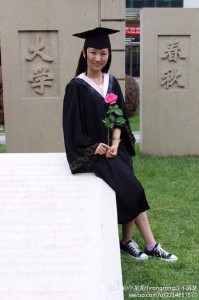
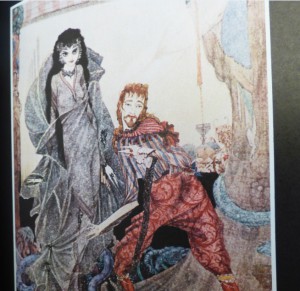
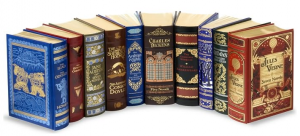
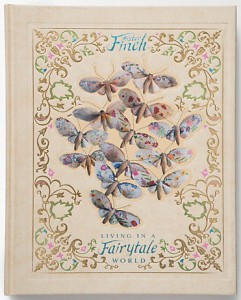 For anyone interested in quirky art, this is the book for you.
For anyone interested in quirky art, this is the book for you. 

![H. G. Wells Set [3 Vols] Classics of Science Fiction The Time Machine, The Invisible Man, The War of the Worlds - Folio Society](https://www.publishing.stir.ac.uk/wp-content/uploads/tmp/folio-300x240.jpg)
